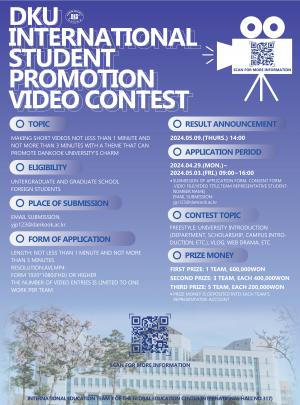 |
| ▲ In front of the 'Seok Juseon Memorial Museum' |
At the end of March, the cherry blossoms came into bloom at Dankook University (DKU). Dankookians (students of Dankook University) strolled around campus taking selfies with their friends. One of the most beautiful buildings on campus for photos is the ‘Seok Juseon Memorial Museum’.
From March 3 to April 8, the museum is hosting an exhibition, entitled “From marriage to the ground”, which features traditional silk shrouds. Graduate students majoring in the Department of Traditional Fashion-Products Design at DKU developed the burial garments to redress the history of Korean funerals during this exhibition. The Dankook Herald (DKH) interviewed Choi Yeon-woo who is in charge of this exhibition.
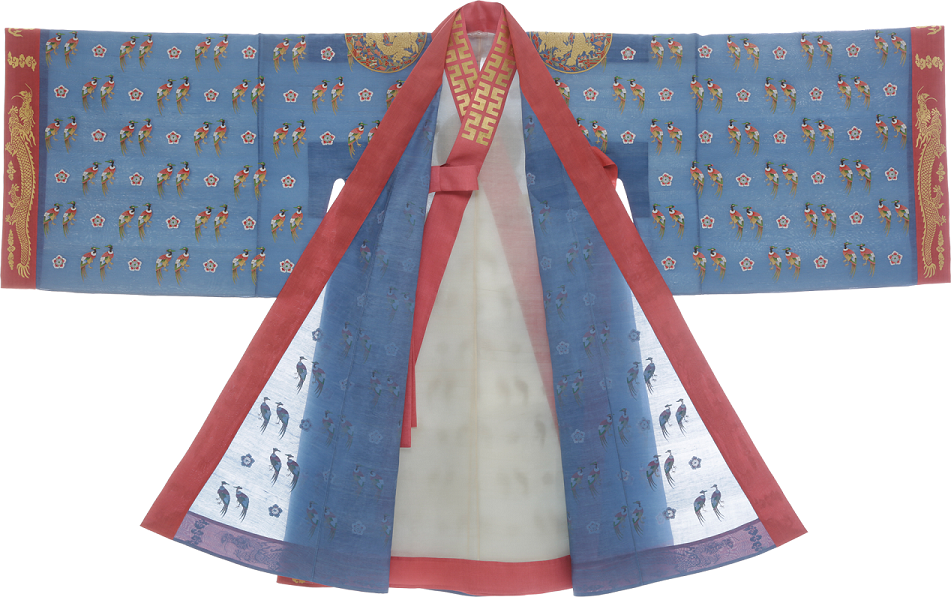 |
| ▲ Traditional silk shroud (photo 1) |
Q. What is the purpose of this exhibition?
A. I have wanted to restore the traditional shroud based on thorough historical research and adapt it to contemporary society. First, adapting to reality means, following contemporary customs. For example, dozens of shrouds were used during a traditional funeral process. However, no one uses them that much these days, so it would be senseless to bring all of them back. Instead, I selected fundamental ones, outs of the many used in our history, so that many people would have easy access to this traditional silk shroud. Second, restoring tradition means driving out the influence of Japanese colonial era culture. Our ancestors never used hemp fabric for shrouds. This was introduced during the Japanese colonial era.
 |
| ▲ Traditional silk shroud (photo 2) |
Q. What data was collected when trying to restore the traditional silk shroud?
A. The traditional silk shroud was restored based on existing research and literature. The data we collected came from three different sources. First, we looked at Gukjooryeui, a book describing the rules of decorum observed during the Joseon Dynasty. Second, we looked at a series of private books describing the rules of decorum observed by common families written by Confucian scholars. Third, we examined shrouds excavated from an ancient tomb. To get the perfect natural dyeing materials, I demanded dyeing the fabrics again and again. Alumnus with over 30 years of sewing experience created patterns on the silk shroud. I took care of every single part even the short string. I guess these efforts are the reason why many people say they were moved by the garments.
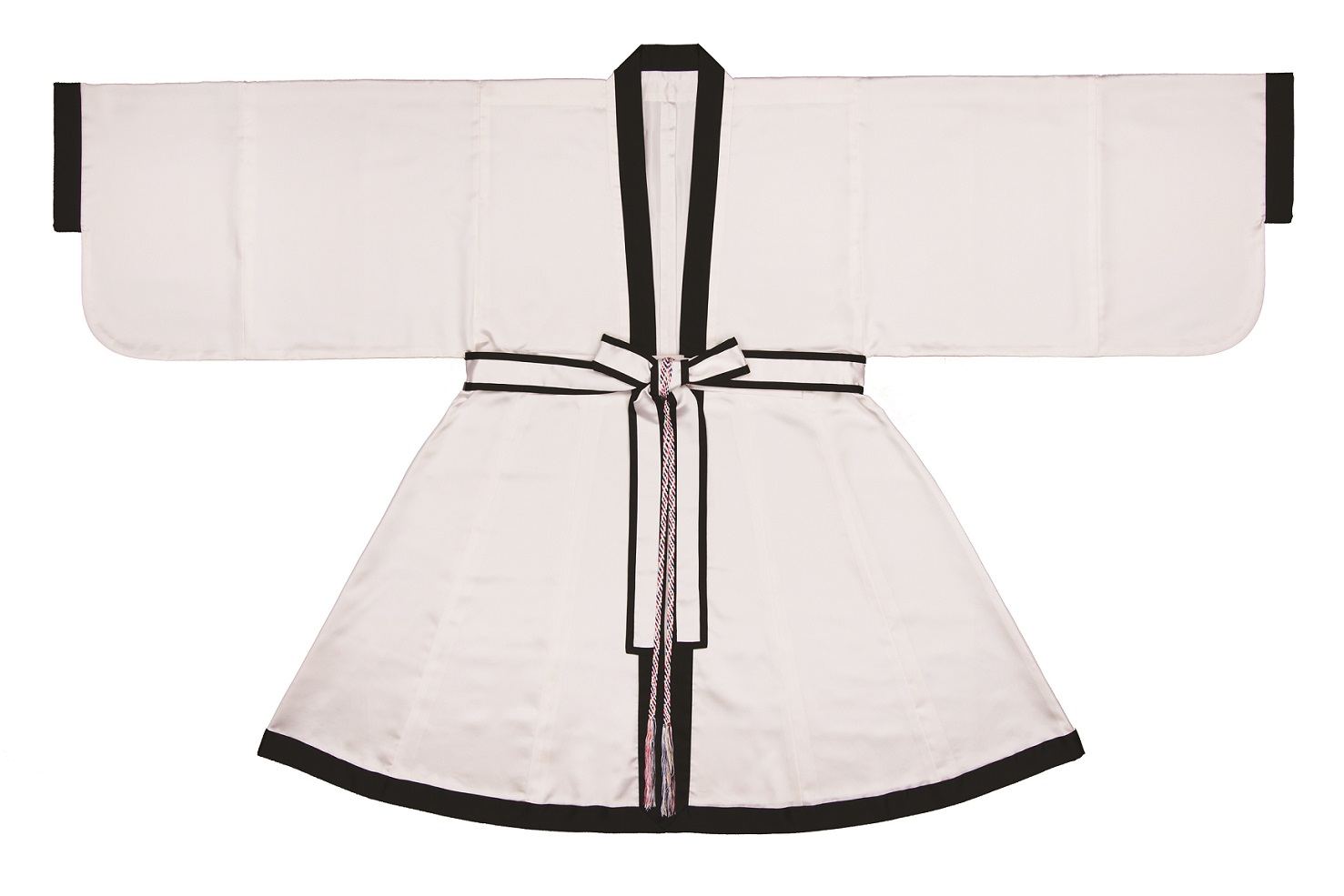 |
| ▲ Traditional silk shroud (photo 3) |
Q. What kind of fabric was used for the shroud? What value or significance is there to wearing a shroud made of silk?
A. Leaving the importance of succession of tradition out of the discussion, the silk shroud has meaning for the bereaved because everyone wants to select the best material for their family. Introducing and popularizing traditional shrouds means the bereaved can have more options for their family. Also, there is no doubt that a traditional shroud is better because it is made from silk, ramie or cotton and not hemp fabric. In fact, hemp fabric is for the mourning dress that the bereaved wears. The closer the bereaved are to the dead, the more coarse the material of the mourning dress. I made a traditional shroud for my mother when she died. Watching her wearing the shroud made me feel warm hearted and I was comforted by it. I hope people will get the same feelings I got from giving her the best available.
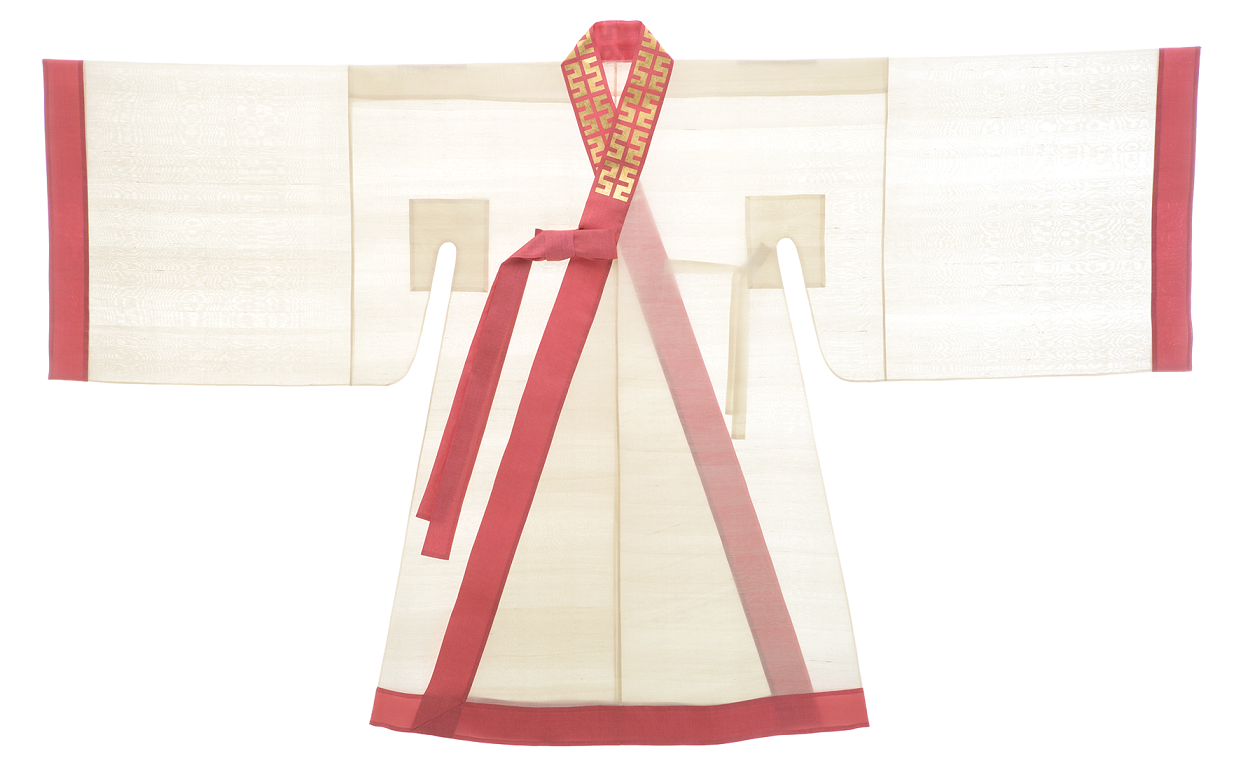 |
| ▲ Traditional silk shroud (photo 4) |
Q. What else do you do at the Korean Traditional Customs Laboratory at DKU?
A. We not only make funeral costumes, but also other garments related to the four ceremonial occasions, such as wedding rituals. In addition, we are advancing the study of all customs and plan to publish a book named after our laboratory.
Q. Do you have any plans for further study or exhibitions?
A. At this time, there is no other planned exhibition. This shroud exhibition has been requested by other cities, so we are considering holding it all around the world in large metropolises. In addition, if we host this exhibition in foreign countries, I am confident it would get positive feedback as we did with the ‘Hansan remie’ exhibition two years ago. During that exhibition, dolls were displayed dressed in Hanboks (Korean traditional clothes). They were displayed in a manner that reproduced genre paintings. If there were too many people in the picture, we adjusted the numbers of dolls. However, we tried to reproduce them as close as possible to the pictures.
 |
| ▲ Traditional silk shroud (photo 5) |
Q. Are there any programs to promote the Korean Traditional Custom Laboratory to students?
A. There are no programs at the university. However, Hanbok clubs sometimes visit our laboratory as they wish to preserve traditions by putting on Hanboks. There is hope that a club like this is formed at DKU. Also, since the Korean Traditional Customs Laboratory is not known to Dankookians, we are always thinking about how we can promote it to students.
Q. Did you have any trouble while preparing this exhibition? If so, could you tell us about it in detail?
A. The most difficult work was dyeing clothes. Modern people regard hemp shroud as customary for traditional funeral rites, so I thought that visitors to the exhibit would be uncomfortable if we use colorful cloths for a funeral. That’s why I lightened the color. However, there were many other difficulties too. Finding proper fabrics was hard, due to collapse of the hanbok industry. Even the dyeing did not turn out as I thought. The point I regarded worthwhile, was seeing visitors touched by the exhibit, even though it wasn’t my intention.
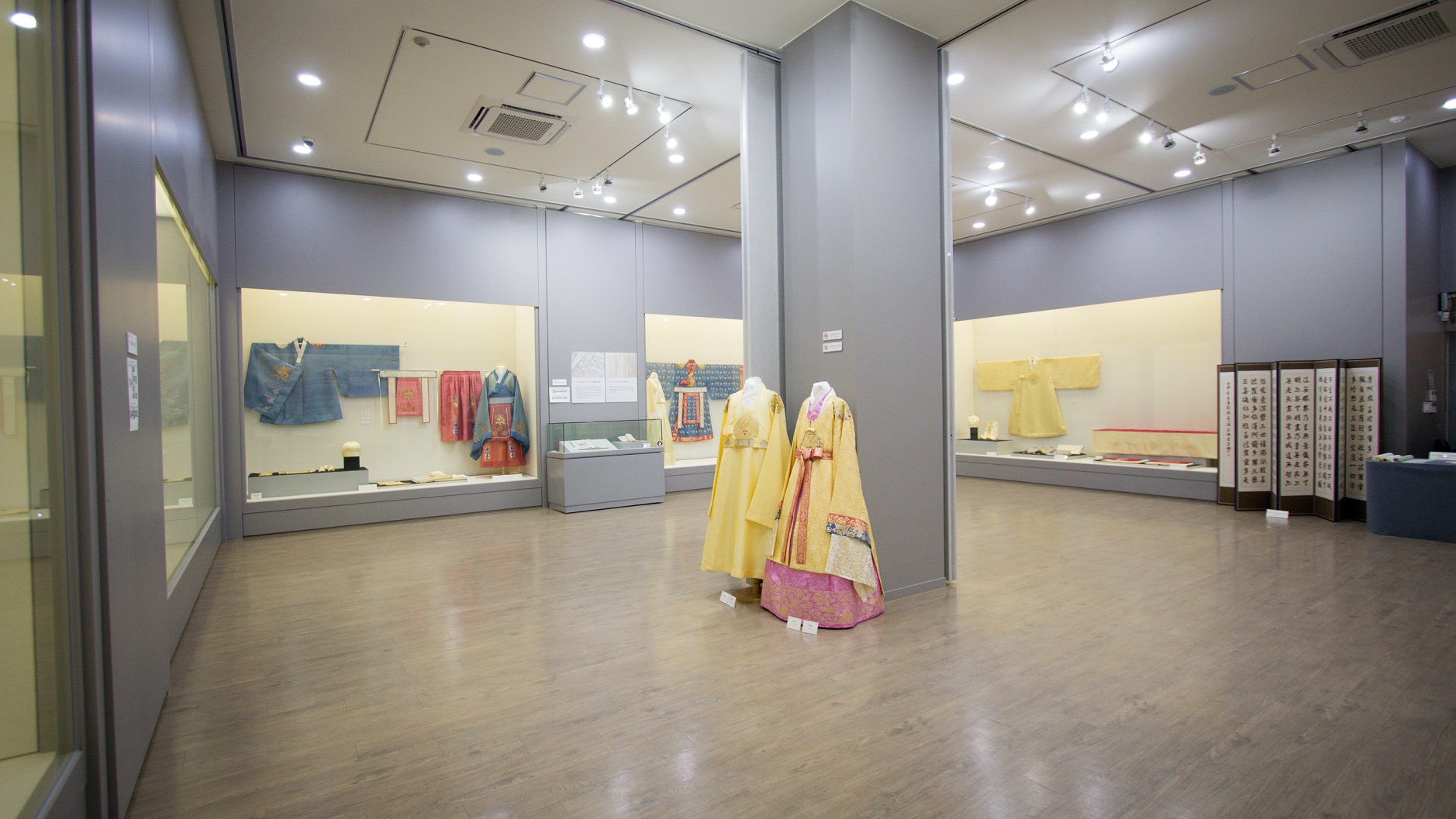 |
| ▲ An exhibition about the traditional silk shroud |
The Seok Juseon Memorial Museum, hosts a lot of exhibitions for Dankookians, professors, tourists and people who live near campus. Moreover, DKU offers lots of chances to view these high quality exhibitions for free. So, why don’t you visit the museum, and learn about our history, compliments of DKU?
이다혜, 최현기, 이다혜 dankookherald@gmail.com

![[Campus Magnifier] Let's Surf the Library!](/news/photo/202404/12496_1765_4143.jpg) [Campus Magnifier] Let's Surf the Library!
[Campus Magnifier] Let's Surf the Library!
![[Campus Magnifier] Let's Surf the Library!](/news/thumbnail/202404/12496_1765_4143_v150.jpg)
